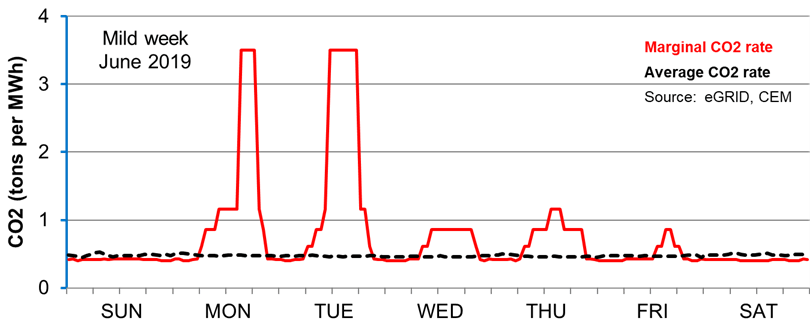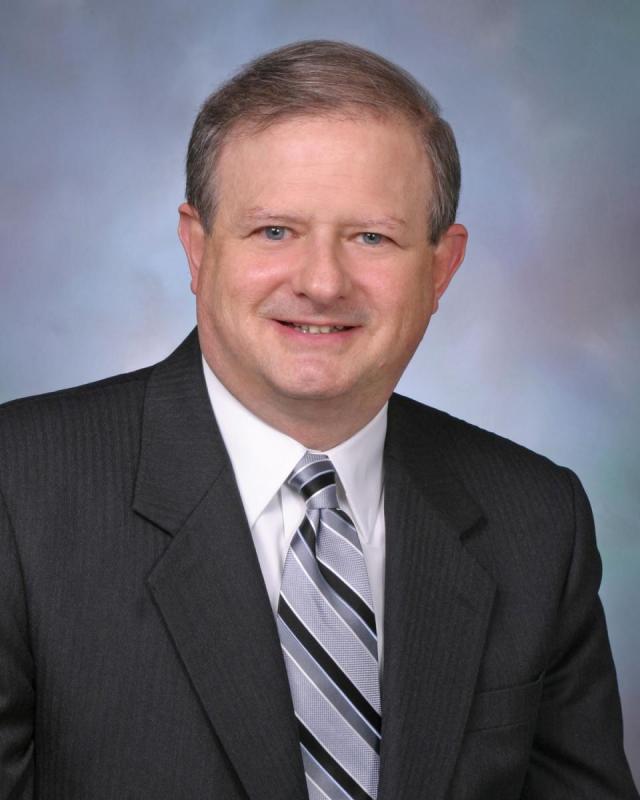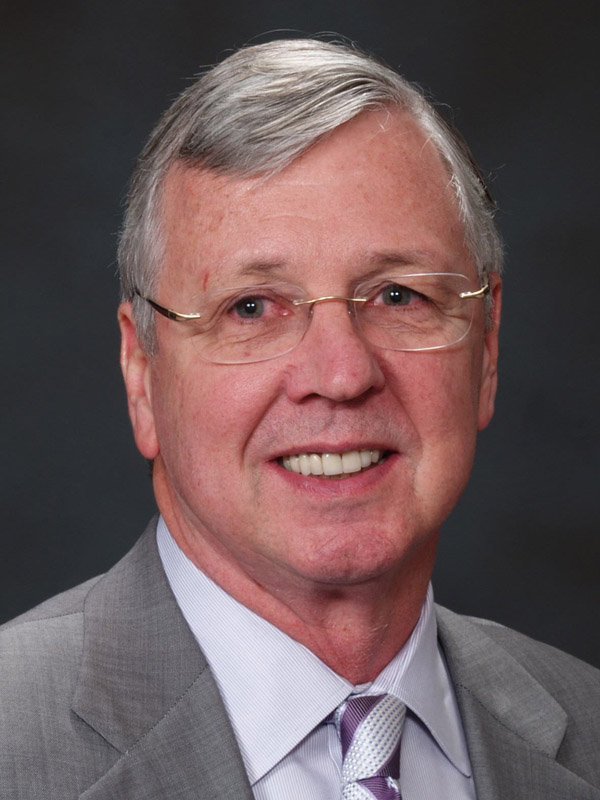Important Post-Covid Opportunity For Smart Grid, Photovoltaic And Building-grid Integration To Jump-start Decarbonization In New York City And Other Urban Centers
Written by William F. Hederman and Vincent J. Cushing
In work being supported by the U.S. Department of Energy’s Solar Energy Technology Office (SETO), significant progress has been achieved to quickly reduce carbon emissions through smart building-grid-PV integration. This note describes the technology and the opportunity.
Every power engineer knows how little the average electricity user or regulator understands the marvel of instantaneously balancing electric grids. Operating practices have evolved to do this by adjusting the resources under the control of the grid operator. The primary approach of grid operators is to schedule and dispatch generating resources on a least cost basis. The integration of new renewable, intermittent resources has led the SETO to support efforts to improve the extent to which these resources can be included in dispatch algorithms.
In a project to promote solar peer-to-peer (P2P) markets of solar generation in distribution systems, SETO has supported a combination of technologies that would encourage large commercial office building operators to adopt both renewable and sustainable electricity systems. The three key technologies incorporated in this commercial scale demonstration project are utility-scale responsive commercial building loads, distributed PV and P2P local coordination that is secured with blockchain technology.
Large scale buildings employ several incremental improvements in building and utility integration that, serendipitously, generate energy and peak demand savings of 20 to 30 percent. These techniques include:
- Employing the thermal mass of the building as the storage medium for the cooling required on-peak for large commercial office building during cooling season.
- Adopting the DOE EnergyPlus building energy model for this first-of-a-kind commercial operations application of EnergyPlus (which until now, has only been used for analysis).
- Integrating the office building with the grid through the day-ahead price signals that create a responsive cooling load that help reduce demands on the local grid during high temperature events.
- Maintaining office temperature to ASHRAE comfort and health standards during any periods of occupancy.
DOE SETO's support has allowed this responsive load technology to be demonstrated on a large, commercial in midtown Manhattan. This is the global headquarters of a major financial institution near Times Square. Because of its function, it has the highest security required by the financial ISAC (Information Sharing and Analysis Center) cybersecurity organization. Because of its physical location, it also has high security on its heating and cooling systems and has significant on-site generation.
The P2P system creates a transaction system that builds upon a “smart contract” to coordinate a large portfolio of buildings and solar PV generation to reliably achieve daily grid objective. These market participants can be other small buildings or large commercial office buildings. The blockchain techniques are currently being tested via simulation with operating data from several office buildings transacting load response offers. The solar PV must be in New York City, collocated with the buildings in accordance with its grid objective.
The progress of the building-grid integration system has been reported here earlier. The impressive demonstration in 2019 led to an agreement with the building operations management firm to expand the application of the technology to 10 million square feet of commercial office space under the building manager’s care in the cooling season of 2020. Of course, the Covid Pandemic has seriously destroyed those plans.
As we begin to emerge into a post-Covid world in 2022, building managers in particular are trying to assess how to operate office buildings with highly variable occupancy. They are also concerned about having a higher rate of air flow, including using much more outside air than in the pre-Covid world.
With SETO’s remarkably flexible support of this technology’s commercialization, this project has advanced several new modeling approaches that can assess and optimize large commercial office building operations integrated with local grids and RTO/ISO-level grids to significantly improve economic performance and, now, operate to reduce carbon emissions from the grid. This advance is based on adjusting building loads that allows the grid operator to remove one local New York City fossil fuel-fired generation unit each week during the cooling season. By adjusting the load for a few key afternoons each week, this can reduce as many as five days' worth of 24-hour emissions from a marginal fossil unit committed to unit dispatch only for the few most demanding afternoons of the cooling week.

Figure indicates that some hours are more important to grid dispatch and emissions
In New York City Public Law 97, passed by the NYC City Council in 2019, requires massive reductions in large commercial building carbon footprints are required. PL 97 interprets this to include the carbon emitted from the grid in making the electricity consumed by the buildings. Unfortunately, the law does not yet take into account the vast differences in emissions by hour of generation because of the variation in power generators efficiency and fuels. This SETO-supported work can optimize building operations based on both the current, seriously flawed carbon emission rule and under a more accurate, time-of-use system, which will be explained to NY State and City regulators, to improve the actual potential for reducing both New York City’s and New York State’s emissions – carbon and otherwise. At a minimum, these techniques can reduce the carbon emissions by the same 20-30 percent energy use reductions – and as a byproduct of reducing building energy expense. With the enhancement of optimizing for unit dispatch and time-of-use, local NYC emissions can be significantly reduced. This work is under development at this time.
Adapting to the post-Covid office environment can, therefore, help the global environment both quickly and inexpensively.
We want to acknowledge USDOE support, via a SETO award with Peter Lobaccaro as project manager, as well as cooperation from the Penn State University, University of Colorado Boulder, and Illinois Institute of Technology.
This article edited by Ali Nabavi.
To view all articles in this issue, please go to March 2022 eBulletin. For a downloadable copy, please visit the IEEE Smart Grid Resource Center.


To have the Bulletin delivered monthly to your inbox, join the IEEE Smart Grid Community.
Past Issues
To view archived articles, and issues, which deliver rich insight into the forces shaping the future of the smart grid. Older Bulletins (formerly eNewsletter) can be found here. To download full issues, visit the publications section of the IEEE Smart Grid Resource Center.




